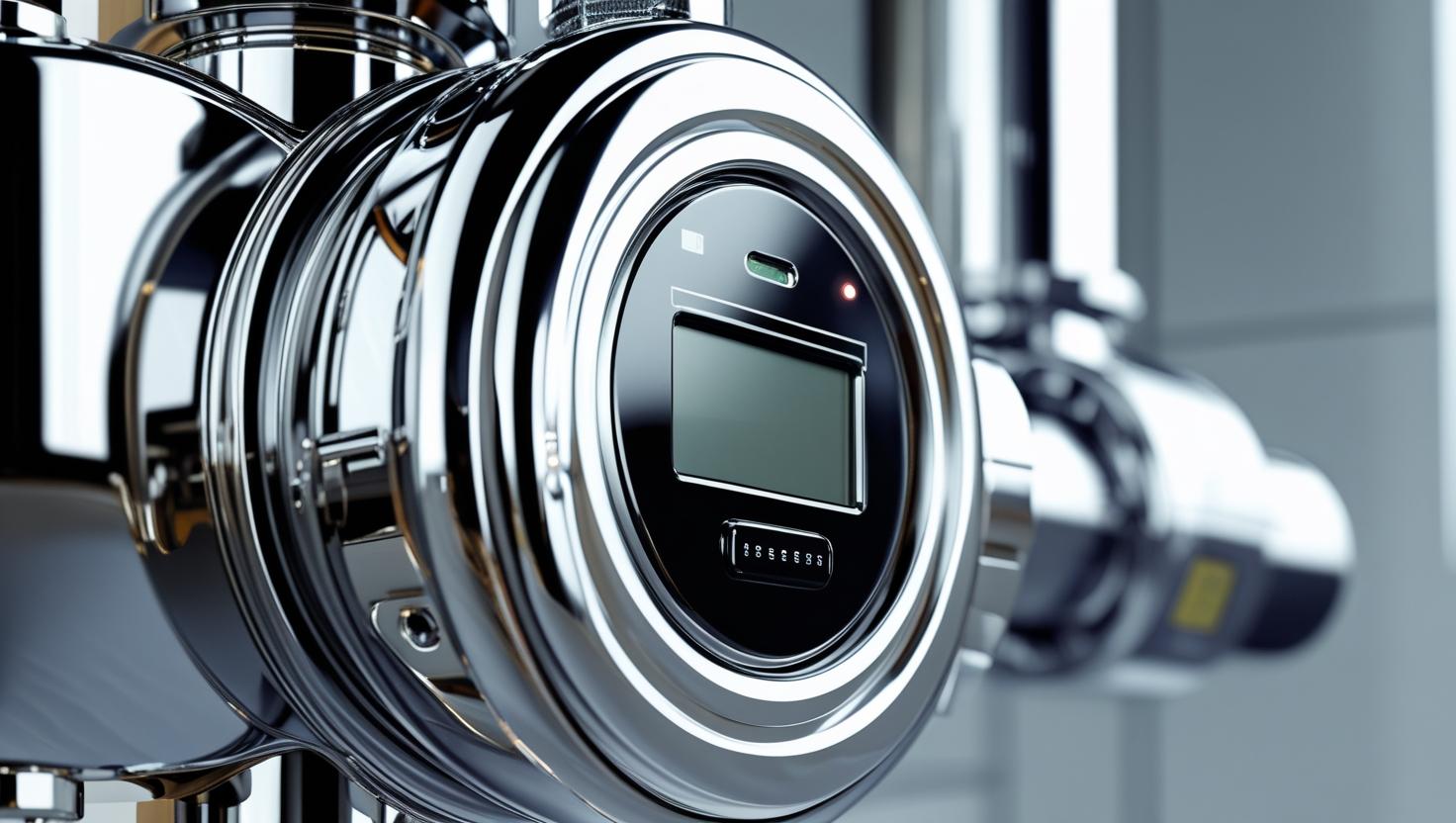Smart control valves are becoming essential elements that improve process industries’ accuracy and efficiency in the quickly changing field of industrial automation. Smart control valves are a tempting solution as industries like oil and gas, chemicals, power generation, pharmaceuticals, and food and beverage face increasing demand to increase operational dependability, minimize downtime, and maximize resource utilization. These smart devices do more than just control fluid flow; they also facilitate data-driven decision-making, allow predictive maintenance, and offer real-time diagnostics.
Smart control valves are equipped with sophisticated sensors, microprocessors, and communication protocols that enable them to independently monitor, adjust, and report on a variety of operating parameters, in contrast to standard control valves that need to be manually calibrated and provide little feedback. These consist of valve position, temperature, pressure, and flow rate. Process operators are better able to maintain optimal control over crucial activities because to the real-time data supplied by smart valves, which results in more consistent product quality and lower energy consumption.
Download PDF Brochure @ https://www.marketsandmarkets.com/pdfdownloadNew.asp?id=111759647

The capacity of smart control valves to increase operating efficiency is among their most significant advantages. Fluids are given at the exact rate that the system requires thanks to these valves, which continually modify valve openings in response to shifting process circumstances. This dynamic control improves system responsiveness and reduces energy waste. Over time, even minor enhancements in valve performance can result in significant cost reductions in energy-intensive sectors like refineries and petrochemicals.
Additionally, smart control valves play a key role in increasing the precision and reliability of industrial operations. The valve’s real position is guaranteed to match the control signal input with great fidelity thanks to its integrated positioners and diagnostics. This gets rid of problems like valve stiction or hysteresis, which can cause inefficiencies and process unpredictability. Manufacturers are therefore better able to satisfy strict quality standards and legal obligations, particularly in industries like pharmaceuticals where process accuracy is crucial.
The valves’ capacity to facilitate predictive maintenance plans is another significant benefit. Smart valves can spot wear or malfunction before they become serious problems by continuously monitoring valve health indicators including internal leakage, actuator performance, and stem friction. This preventive maintenance feature lowers the overall cost of ownership, increases equipment lifespan, and minimizes unscheduled downtime. Maintenance staff can optimize workforce deployment and resource planning by prioritizing treatments based on real valve condition rather than set schedules.
Smart control valves can easily connect with Distributed Control Systems (DCS) and Manufacturing Execution Systems (MES) by integrating with industrial communication protocols as HART, Foundation Fieldbus, or Profibus. Coordinated control of several process units, remote diagnostics, and centralized monitoring are made possible by this link. In order to find hidden inefficiencies, forecast performance trends, and improve process modeling, historical and real-time valve data can be studied using advanced analytics and machine learning tools.
Another area in which smart control valves are essential is environmental sustainability. These valves help reduce emissions and promote more responsible resource use by lowering energy usage, stopping leaks, and maintaining ideal process conditions. Smart valves provide a route to more environmentally friendly operations without sacrificing efficiency for businesses trying to meet carbon reduction targets and environmental requirements.
The need for intelligent, flexible, and dependable valve solutions keeps rising as industrial facilities becoming more intricate and digitally integrated. Smart control valve manufacturers are currently making significant investments in innovation, integrating features like edge computing capabilities, AI-based diagnostics, and self-calibration. Process industries are now able to attain greater degrees of automation and operational excellence thanks to these developments.
See Related Semiconductor Reports:
Ball Valves Market by Material (Cast Iron, Stainless Steel, Alloy-based, Brass, Bronze & Plastic), Type(Trunnion-mounted, Floating, Rising Stem), Size (<1”, 1”-5”, 6”-24”, 25”-50” & >50”), Industry (Oil & Gas, Chemicals) & Region – Global Forecast to 2028
Hydraulics Market by Type (Mobile, Industrial), Component (Cylinders, Valves, Pumps, Motors, Filters, Accumulators, Transmissions), Sensor (Position, Pressure, Temperature), End-use Industry (Construction, Agriculture) and Region – Global Forecast to 2030
